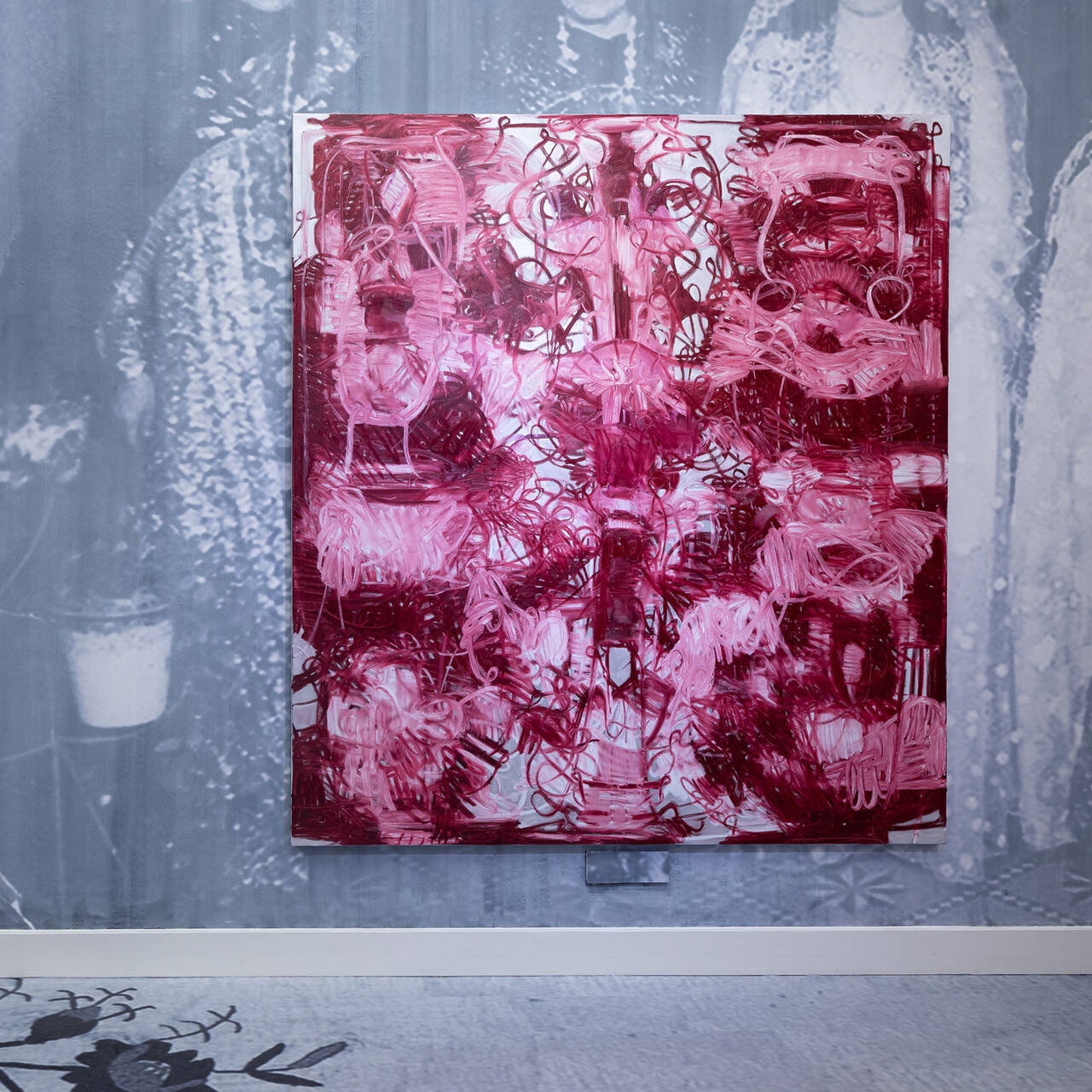At first it was only the artist’s thoughts that could be read in letters and her diary. Then Otto Modersohn’s letters and diary entries came to light. We spoke with his granddaughter Antje Modersohn about the eventful life of the artist couple.
The correspondence covers the period from 1895, the year of Paula Becker’s first encounter with Otto Modersohn’s painting in an exhibition at the Kunsthalle Bremen, to 1908, when the shock of the family and friends after Paula Modersohn-Becker’s death in November 1907 finds written expression. This opens up entirely new perspectives on the individual characters of Paula Modersohn-Becker and Otto Modersohn, as well as their relationship to each other, which was borne of great respect. A conversation with Modersohn's granddaughter provides a personal insight into the life and work of the artist couple.
Ms. Modersohn, what is your relationship to Paula Modersohn-Becker? Could you perhaps introduce yourself?
I am the granddaughter of Otto Modersohn. My father Christian Modersohn is the youngest son from Otto Modersohn’s third marriage to singer and painter Louise Modersohn-Breling, so I’m not actually related to Paula Modersohn-Becker.
You published the correspondence between Paula Becker and her subsequent husband Otto Modersohn, which also includes diary excerpts from both as well as letters to friends and family. What criteria did you apply when you selected the documents?
There wasn’t any selection; the book reflects the complete correspondence without abridgements. A work of primary literature was produced under the editorship of the Paula Modersohn-Becker Foundation in Bremen and the Otto Modersohn Foundation in Fischerhude. The most meaningful diary entries, meanwhile, were selected jointly by the editors.
Which letter or diary entry is particularly memorable to you?
Otto Modersohn’s letter to Paula Modersohn-Becker dated April 6, 1906: “You seek freedom. Take all liberties, travel, live separately from me for a while, stay at Brünjes’ place even at night, do everything that is necessary for your nature.”
Has the publication of the letters changed your view of Otto Modersohn, Paula Modersohn-Becker and their art?
Not my view or my appreciation of their art, but my view of their personalities.
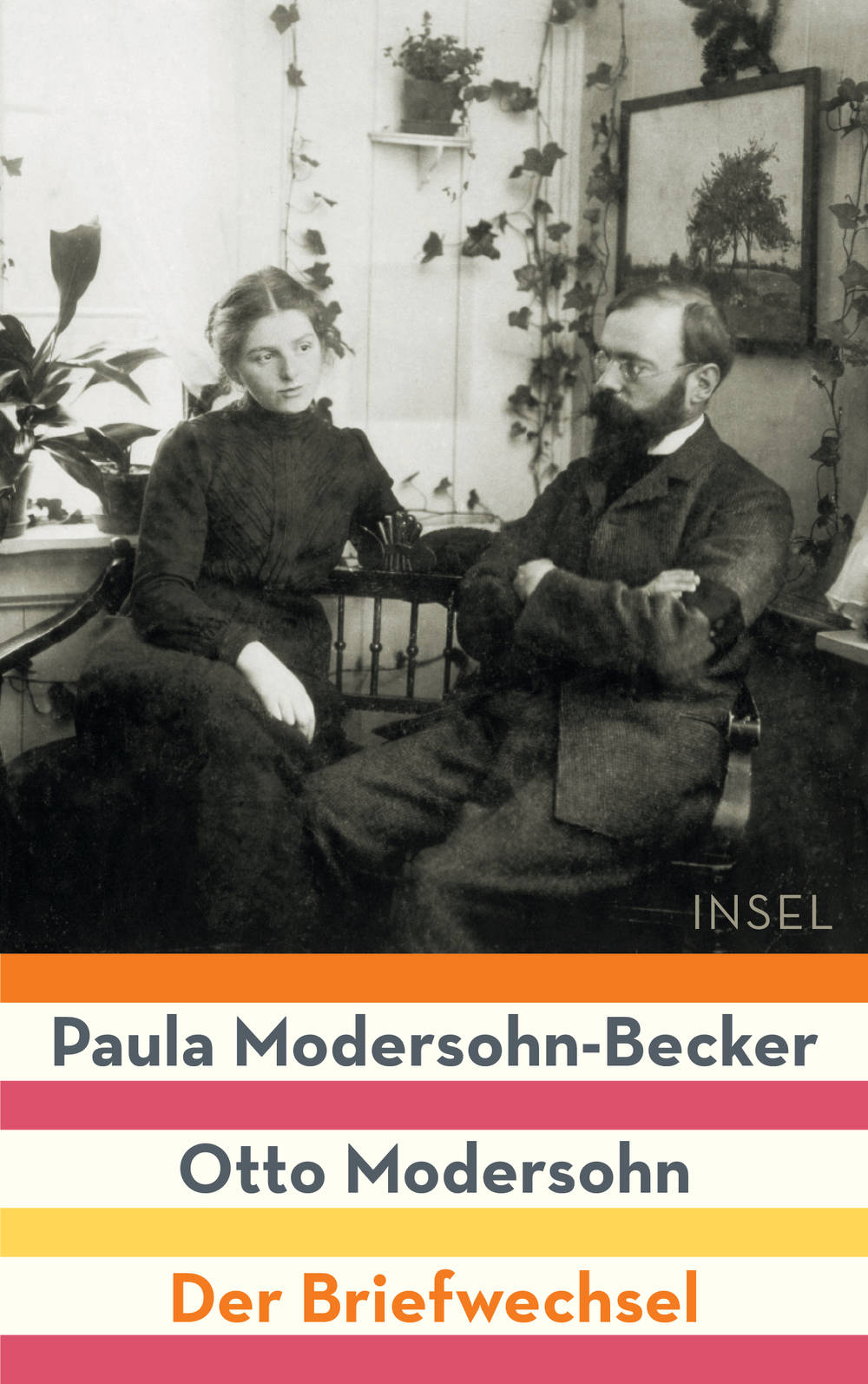
Paula Becker and Otto Modersohn came to know and appreciate each other in Worpswede – initially through their art. On a personal level, Otto Modersohn considered Paula Becker to be too impetuous and there were frequent differences of opinion. Does their correspondence reveal how a friendship nevertheless became a relationship?
I am not aware that Otto Modersohn considered her impetuous. That is more likely to have applied to Clara Westhoff. You have to imagine: Paula Becker was just 24 when she met Otto Modersohn, who was 11 years her senior and recently widowed. It’s no wonder that for the quiet, rather introverted artist, this confident young woman and her unconventional, doubtless sometimes exuberant and occasionally also rebellious temperament took some getting used to. It was also difficult for him to “roll with her” when, finding him painting in his studio, she spontaneously tried to persuade him to go ice skating.
On September 27, 1900, he wrote in his diary: “We have long had great affection for each other. More and more strongly and all by itself, this affection turned into ardent love. On September 12 we got engaged. [...] my Paula is a girl like no other. She strives for a genuine, free artistic life, has a rich disposition and the finest understanding for all arts, particularly for painting. [...]” Otto Modersohn’s first wife Helene Schröder had just died after a long illness and a new commitment before the end of a year of mourning would have been frowned upon by his family. Rather, it was Paula Becker who pushed for the commitment, as Otto Modersohn recalled in a letter to Gustav Pauli.
What was the daily life of the artist couple like?
Their day was strictly regulated. After breakfast together, Paula gave the housekeeper instructions on what needed doing. Then the two artists went off to their respective studios in Worpswede, Paula to her workroom located not far from their home on the Brünjes family farm, in which Modersohn had a large skylight installed for her. For lunch, they met back at home again, and after a short break and a coffee they returned to their respective easels. Their evenings were spent writing or reading; Paula played the piano and Otto sketched his compositions.
Sunday mornings were reserved for their mutual visits to each other’s studios, where they took a look at what they had each been working on during the week. By midday Paula was in the kitchen, then after a noon rest came visits from family and friends. In the evening, their group of friends, which included Rainer Maria Rilke and Carl Hauptmann, gathered at Heinrich Vogeler’s Barkenhoff home. On December 30, 1900, Paula Becker wrote to her aunt Marie Hill: “Outside we’re part of a quiet community: Vogeler and his little bride, Otto Modersohn and me, and Clara Westhoff. We call ourselves the family. We always get together on Sundays and look forward to seeing one another, and we share a great deal. To live my whole life like this is wonderful.”
She strives for a genuine, free artistic life, has a rich disposition and the finest understanding for all arts, particularly for painting.
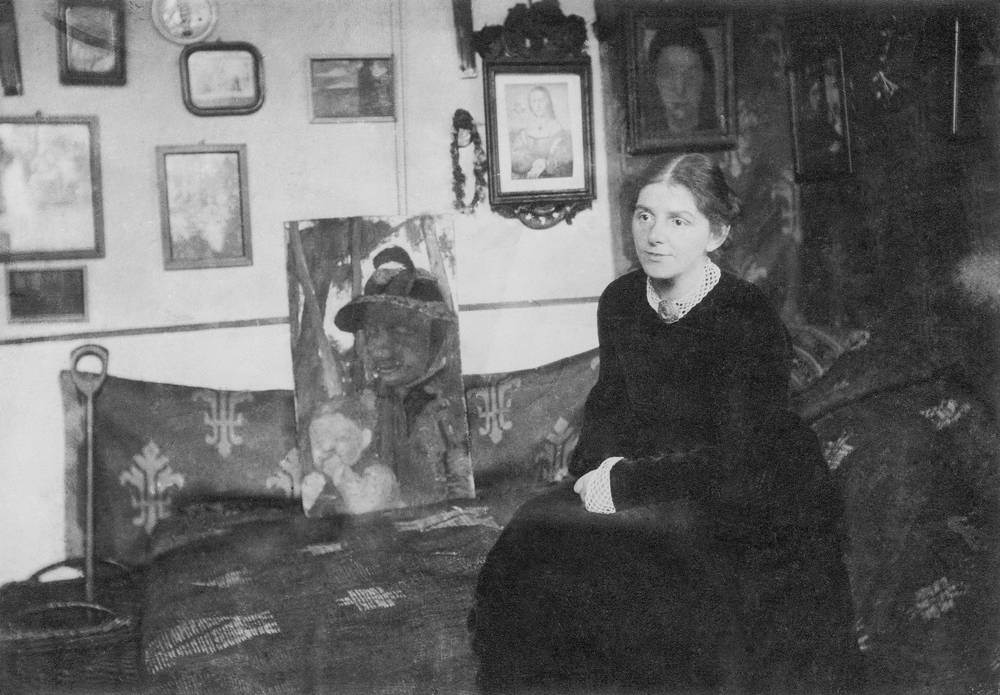
In a diary entry, Otto Modersohn describes his later wife as “ultra-modern”. How would you describe Paula Modersohn-Becker’s personality?
He considered Paula to be very gifted artistically, but also “ultra-modern, liberal to excess, conceited”, without a trace of naivety. She would apparently “see everything from the great Parisian point of view, would probably find it difficult to manage a household, etc.” Or so go his misgivings in his diary of July-August 1900. “We understand each other in art, but never in life.” Shortly afterwards, in September 1900 he penned: “Paula Becker attracts me again. She has a great deal of understanding, she is very stimulating, like no one else here; she is an interesting girl, without question. And in terms of appearance, she also stimulates me a great deal, her eyes, her dark, sunny eyes – her liberal attitude.” She was curious and inquisitive, read new literature including Nietzsche’s “Poems and Sayings”, and knew how to impress Rainer Maria Rilke and Otto Modersohn through her education. Her stays in the major cities of Berlin and Paris not to mention the varied impressions and artistic stimuli she picked up there may also have left their mark. Aside from this, the correspondence offers many insights into her personality.
Where can we place the work of Otto Modersohn in art history, in contrast to that of Paula Modersohn-Becker?
Otto Modersohn left behind an extraordinarily extensive body of painting and drawing, which is rooted in the 19th century and follows the tradition of French landscape painting. However, it cannot readily be assigned to any specific trend in art history. These days, he is considered one of the most important landscape painters of his day, a man who defined his artistic objectives with the notions of simplicity, intimacy, and inwardness and who drew his creative power from spiritual immersion in nature.
Although Paula Modersohn-Becker’s work is held in high esteem internationally today – Otto Modersohn himself wrote back in 1902: “In all silence she will continue to strive and one day will astonish everybody” – it has nevertheless eschewed any clear classification within the art history of the 20th century that does justice to her extraordinary role at the beginning of Modernism within Germany. The evaluation of an oeuvre depends on the standpoint of the person making the assessment. Now that art history has turned away from the notion that Modernism progressed in linear fashion over time according to the perspective of an avant-garde that renounces convention with constantly changing “isms” and has instead attached greater importance to the independence and distinctiveness of the singularly artistic position, the appreciation of Otto Modersohn’s body of work has also changed.
In all silence she will continue to strive and one day will astonish everybody
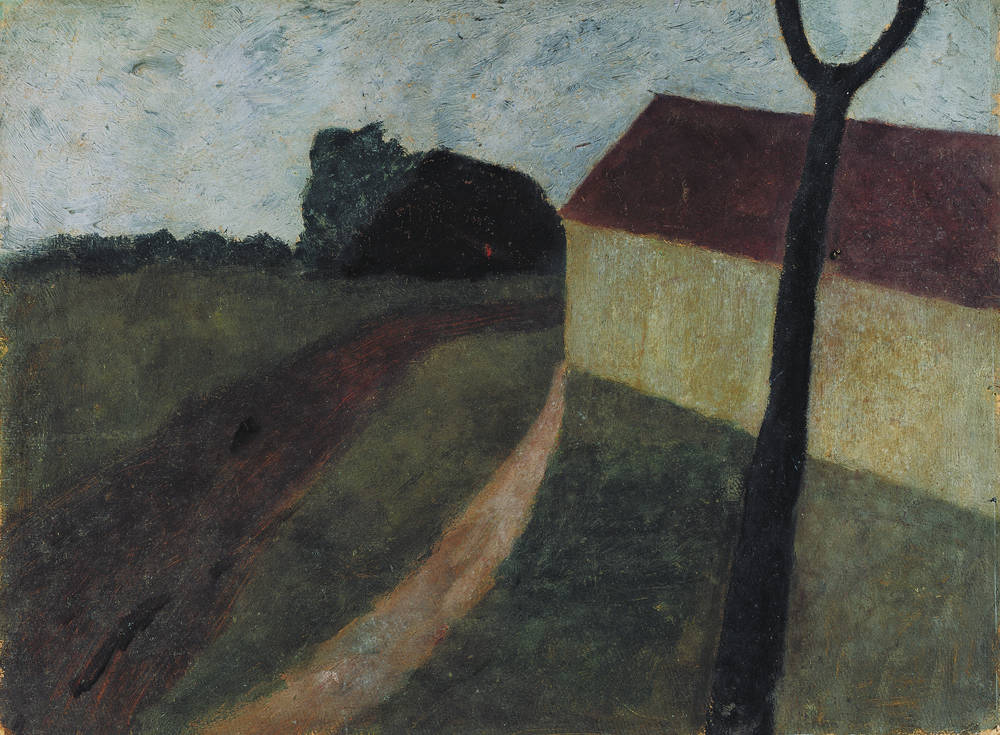

Otto Modersohn, Dorfstraße in Worpswede, 1897, Image via www.modersohn-museum.de
Otto Modersohn’s diary entries are repeatedly critical of his wife’s artistic approach. Where did the pair differ in relation to their view on art?
Based on their shared experience of the landscape around Worpswede and the people living in it, both of them – in their aversion to convention, pathos and externalization – strove for simplicity, both as an agenda for their painting and as a human attitude. In Otto Modersohn, Paula Becker found a critical but understanding, sometimes enthusiastic supporter of her artistic development. He was the first to recognize Paula Becker’s extraordinary talent and defended her against the misunderstanding within the circle of artists around Worpswede and within her own family. After four extremely happy years of marriage (if the correspondence and diary entries are to be believed), tensions began to appear in 1905, rooted in disappointments, misunderstandings, and mutual incomprehension, including of an artistic nature. In his diary, Otto Modersohn complained of “obstinacy and resistance to advice”, and on Paula Modersohn-Becker’s side, the increasingly monotonous and unexciting life in Worpswede is mentioned. “Paula has long failed to bring me as much pleasure in her art as she did before. She doesn’t take any advice. [...] She is highly coloristic – but unpicturesquely hard, particularly in the figures she executes,” Otto Modersohn commented in 1905.
And indeed, Otto Modersohn’s increasingly critical view of her painting will have contributed to the rift. Furthermore, he felt unsettled by some fundamental questioning of his painting. From 1905 at the latest, Paula Modersohn-Becker began to doubt her husband’s artistic potency the more she became involved with the current trends of the French avant-garde. Her unusual independence in life as in art and her single-minded instinct for the art of her time led her to develop a pictorial language that she manifested in the term she and Otto Modersohn used: “the thing in itself, in the spirit of it”. In contrast to the landscapes by Otto Modersohn, which were characterized by aerial perspectives, atmosphere, and plays of light and shadow, Paula Modersohn-Becker depicts things close up, eliminating spatial depth as far as possible. She captures things, be they landscapes or figures, in simple, large shapes and painted everything as an animated still life, as it were, emphasizing the thing in itself, starting from the object.
Some of her portraits and figurative paintings appear haunting and often monumental. Filling the respective format almost entirely, they reveal an at times oppressive presence. Paula Modersohn-Becker is frequently considered a forerunner of Expressionism. In conceptual terms, however, she has nothing in common with the pictorial inventions of Expressionism; rather, her painting is characterized by an emphasis on form, with the exclusion of the effects of light and shadow. The figures and things always have a quiet composure – calm instead of agitation. If you were to just put her images in a room with Expressionist paintings, you would notice the differences and come to appreciate the particular properties of Paula Modersohn-Becker’s position at the beginning of Modernism.
Some of her portraits and figurative paintings appear haunting and often monumental. Filling the format almost entirely, they reveal an at times oppressive presence.
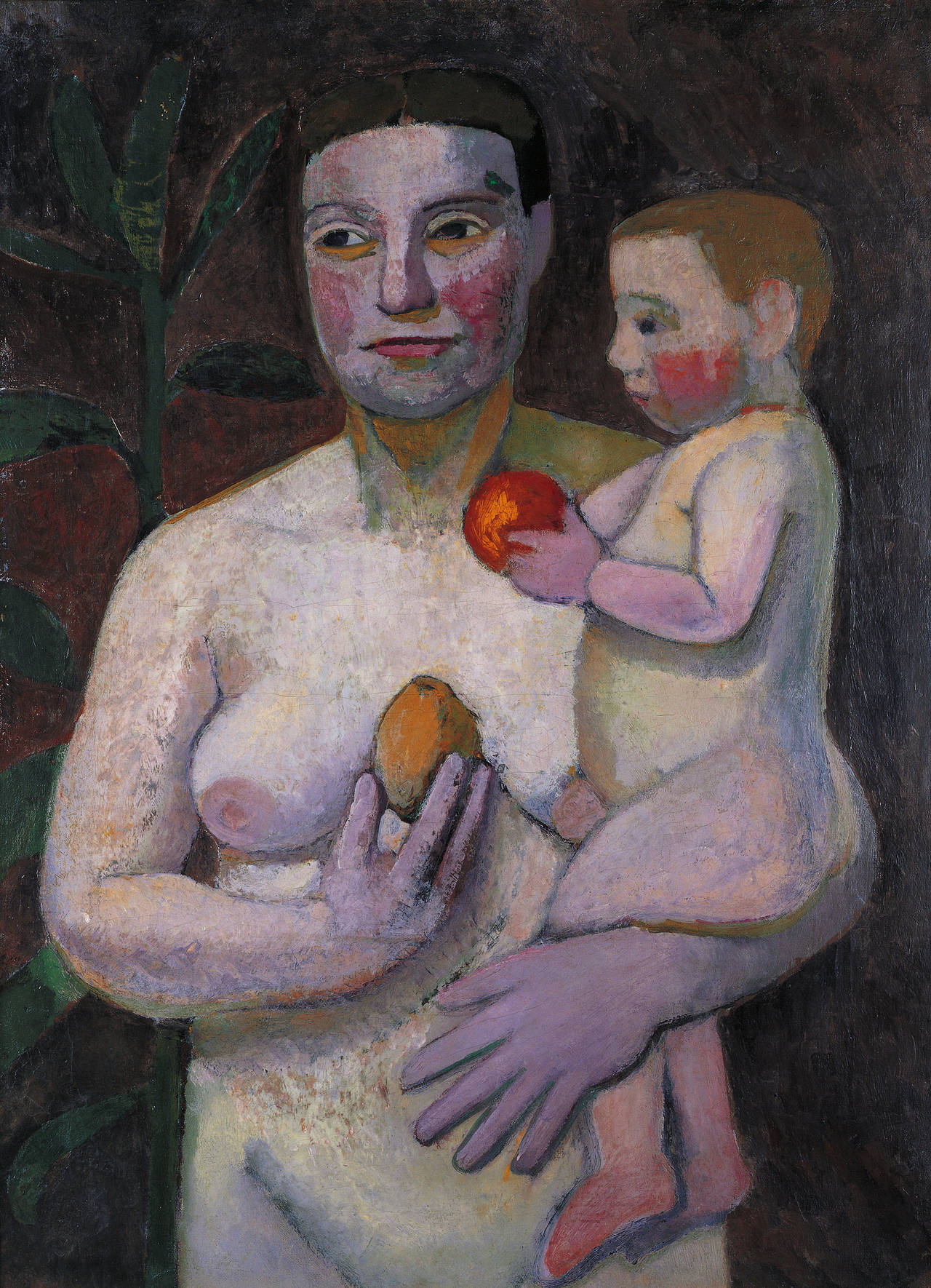
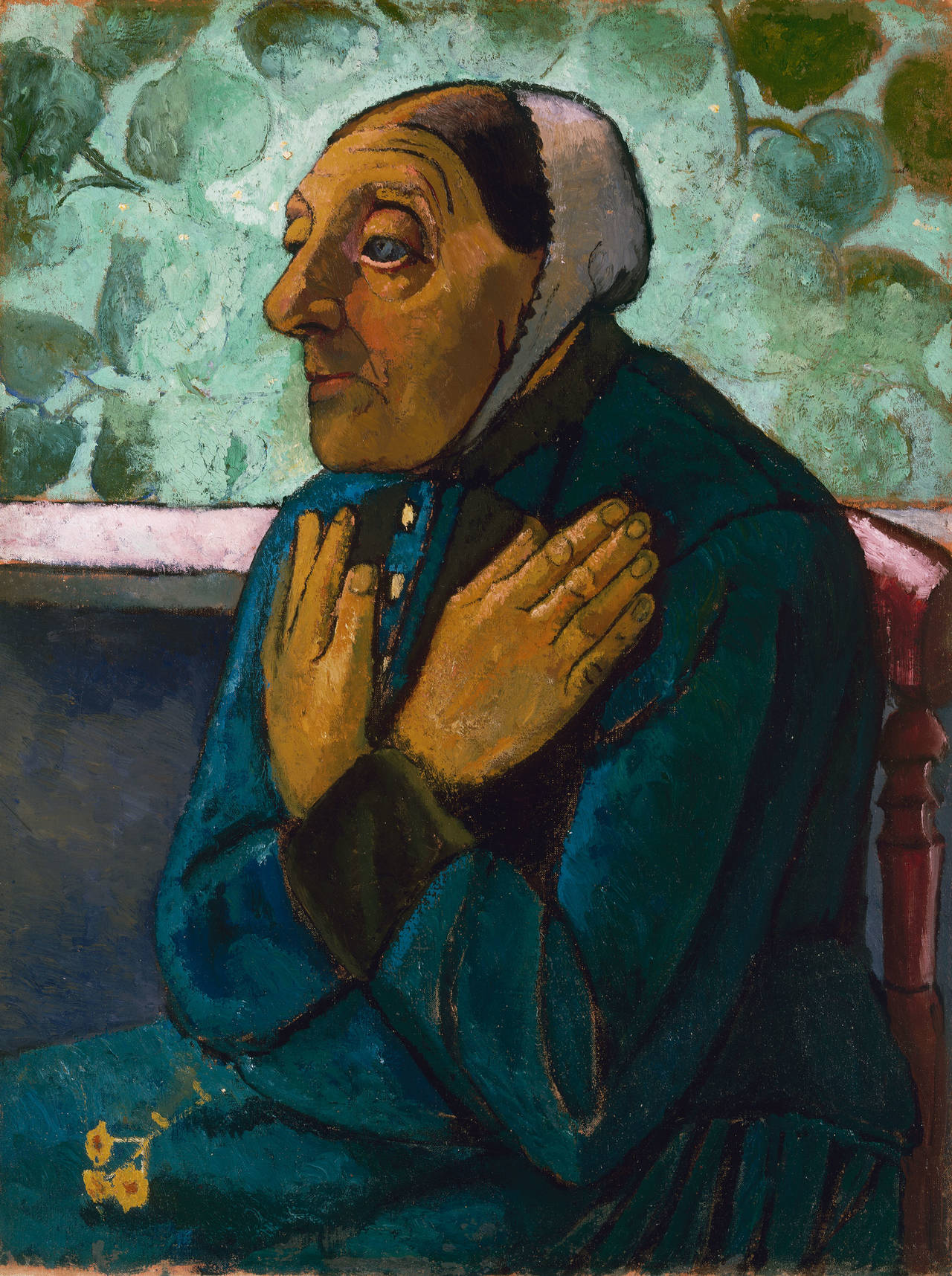
Can mutual influences be identified in the couple’s work?
Art historian Günter Busch once commented that there are some paintings in which the mutual influence is so great that they are confusingly similar. From today’s perspective, I cannot agree with that. Many an image that was attributed to Paula Modersohn-Becker in previous years must have actually been painted by Otto Modersohn. But there is still, for example, a landscape painting in the Haubrich collection in Cologne, which is listed under his wife’s name but was painted by him. I’ve been waiting for years for it to be rededicated.
The more intensively you engage with the two artists’ paintings, the more visible the differences in their approaches become. “Akin in the basic approach – different in the expression”, notes Modersohn in 1900, and in 1902 he writes: “This mutual give-and-take is wonderful; […] she is a true artist […]. No one has heard of her, no one appreciates her – but that’s going to change.” He apparently benefitted from the amplitude and Modersohn-Becker from the painterly intimacy. The extent to which this exchange found expression in the paintings is something anyone may fathom for themselves when confronted with the pictures.
Paula Modersohn-Becker’s art decidedly opposes conventions, for example with its unusual color combinations or the alienated representation of customary pictorial subject matter. What makes her style special in your opinion?
When you’re faced with her images, it becomes clear that the objects of her still lifes and the incarnate parts of her nudes and portraits were largely bound by local color, at least up until 1906. I’ve already spoken about the particular features of her painting. In Paris in 1905 she complained that the color of her paintings was often too “saucy”, too brown, and lacked freshness. On the other hand, Otto Modersohn reported that the bright colors of the French, both the Impressionists and Post-Impressionists, were anathema to her.
She lived with Otto Modersohn in the artists’ colony of Worpswede, but also for prolonged periods alone in Paris. How did these very different locations impact on her work?
Commuting between Worpswede and Paris, where she took inspiration as much from the mummy portraits of Late Classical Antiquity in the Louvre as she did from Cézanne and Gauguin, Paula Modersohn-Becker was always battling for her freedom – both as an artist and a woman. A visit to the studio of Henri Rousseau also inspired her to paint a large portrait of Lee Hoetger, and she likewise took inspiration from the paintings of Van Gogh – one needs think only of the late image of the “Dreebeen”.
Traces of the abovementioned painters can be found in some of her figure paintings, portraits, and still lifes. She may even have spied something by Picasso on a visit to the Galerie Vollard, although such influence cannot be proven. “I want to bring out the intoxicating, full, stimulating nature of color, the powerful. My Parisian works (06/07) are too cool and lonely and empty. […]”, she writes in the last year of her life, which was filled with color-saturated, contour-emphasizing paintings with strong simplification of form and a further development of the insights gained in Paris.
I want to bring out the intoxicating, full, stimulating nature of color, the powerful.
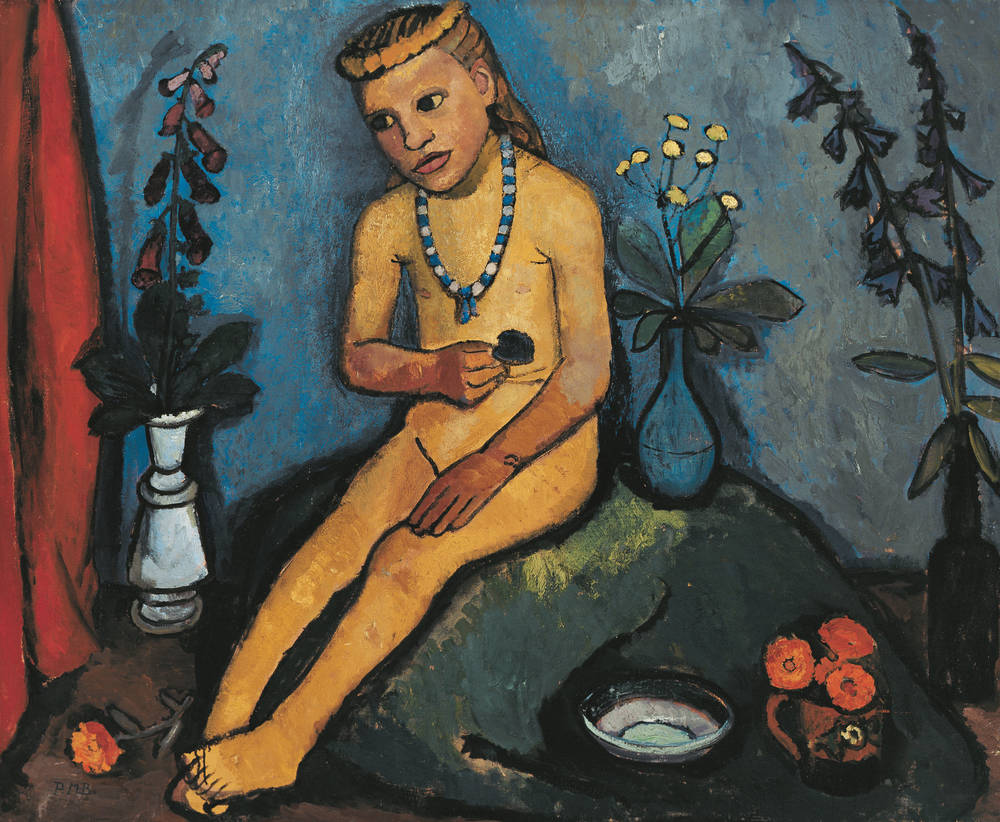
In 1900, she got to know Rainer Maria Rilke in Worpswede, who later married her friend Clara Westhoff. What role did this friendship play for Paula Modersohn-Becker?
The friendship had ups and downs. The year 1900 was marked by Rilke’s visits to her studio, whereby he apparently did not discuss her paintings. In his diary he writes in detail about his visits, testifying to an intensive intellectual exchange and a friendly warmth. There was a temporary falling out after Modersohn-Becker made critical comments about his possessive influence on the character of sculptor Clara Westhoff, whom he had married in 1901, and only in the winter of 1905/1906 was there a rapprochement, which followed an intensive exchange with the Rilkes about their human and artistic development. This then led to the temporary separation from Otto Modersohn and her departure to Paris. There, Modersohn-Becker painted her famous, small-format portrait of Rilke, which probably remained unfinished and which he – perhaps due to the shock of self-recognition – did not like.
To what extent did Otto Modersohn contribute to the posthumous fame of his wife, who died at an early age? How did it come about that the unknown artist’s wife, after her early death, became one of Germany’s best known female painters, who was virtually the only woman represented by works at the Cologne Sonderbund in 1912 alongside Van Gogh and Picasso?
As the correspondence now proves, Otto Modersohn was trying to get his wife to participate in exhibitions during her lifetime, too. Hence, in 1906 Berlin’s Galerie Fritz Gurlitt exhibited a few pictures alongside those of Otto Modersohn and his colleagues, sadly to no avail. The Kunsthalle Bremen also exhibited some paintings in 1906, this time with positive resonance. After her death, there was an initial exhibition in Worpswede at the Galerie Philine Vogeler, which was then expanded and shown again at the Kunsthalle Bremen in 1908. Exhibitions at the Museum Folkwang in Hagen and in Wuppertal followed. The art collectors and patrons Karl-Ernst Osthaus and Baron von der Heydt acquired paintings. The Galerie Alfred Flechtheim showed pictures, as did the Galerie Cassirer in Berlin. Gustav Pauli purchased paintings for Hamburg’s Kunsthalle and Heinrich Vogeler, Bernhard Hoetger, Georg Biermann, and Curt Störmer successfully set about working as art dealers and took advantage of the rapidly developing prices with strong demand from collectors and limited supply.
In 1913, an initial excerpt of the correspondence and diary entries was published by the Kestner-Gesellschaft in Hanover, which was followed by book versions with numerous new editions, which provided for posthumous fame even aside from the paintings. This appreciation then culminated in 1927 in the first museum dedicated to a female painter, located on Böttcherstrasse in Bremen, where the Roselius collection amassed by the sculptor and architect Bernhard Hoetger was given a permanent home. The hype before the First World War may also have been partly attributable to her tragic fate, the drama of which was further heightened by the fate of Van Gogh, whose reception and marketing ran parallel in the years from 1909 onwards.









